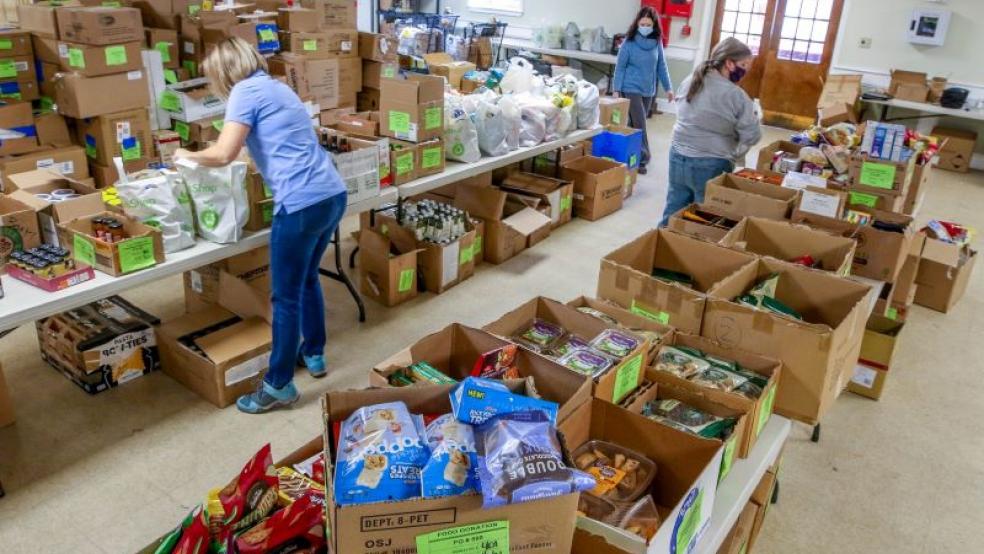The Biden administration has approved the largest permanent increase in food assistance benefits on record.
Starting in October, average benefits in the Supplemental Nutrition Assistance Program will increase by about 27% relative to pre-pandemic levels. The move will affect all 42 million people currently participating in SNAP, the federal food aid program often referred to as food stamps.
The average monthly benefit per person will rise by $36, up from the current average of $121, a White House official told Bloomberg News. The benefit increase, which does not require approval from Congress, will raise the annual cost of the program by $20 billion. The food assistance program cost $60 billion in 2019, jumping to $79 billion in 2020 in the wake of the Covid-19 pandemic.
What’s changing: The increase is the result of a change in the way the U.S Department of Agriculture calculates the cost of a basic diet in the U.S. The USDA’s Thrifty Food Plan tracks the cost of 58 food categories that compose a “practical, nutritious, budget-conscious diet” for a family of four, including two children between the ages of 6 and 11. The USDA is updating the algorithm that determines the estimated cost of that diet, the least expensive of four meal plans monitored by the department.
Why it’s changing: Anti-hunger advocates have long argued that the food assistance program is based on inaccurate assumptions about the cost of food. Among other issues, the program ignores geographical differences in the cost of food, is based on outdated nutritional models, and makes unrealistic assumptions about the time recipients are willing and able to dedicate to preparing their meals. The program also ignores the different nutritional and caloric needs of younger children and teenagers.
What the changes mean: The federal government has increased food benefits in the past during times of economic crisis, but those increases have been temporary. Critics say that during non-crisis periods, the benefits are too small to keep households fully nourished, with the majority of recipients exhausting their monthly allotment in just two weeks.
More broadly, the increase is part of the Biden administration’s effort to strengthen the nation’s social safety net.
“Plain and simple, this is totally a game-changing moment,” Jamie Bussel of the Robert Wood Johnson Foundation told The Washington Post. “The changes have enormous potential to reduce, and potentially eliminate, child hunger and poverty in this country.”
Not everyone is celebrating the change, however. Republicans have sought to cut the food assistance program in recent years, and in a pushback against the new rule changes, Rep. Glenn Thompson (PA), the top Republican on the House Committee on Agriculture, and Sen. John Boozman (AR), the top Republican on the Senate Committee on Agriculture, Nutrition, and Forestry, sent a letter to the
Government Accountability Office asking it to look into the USDA’s decision-making process.




